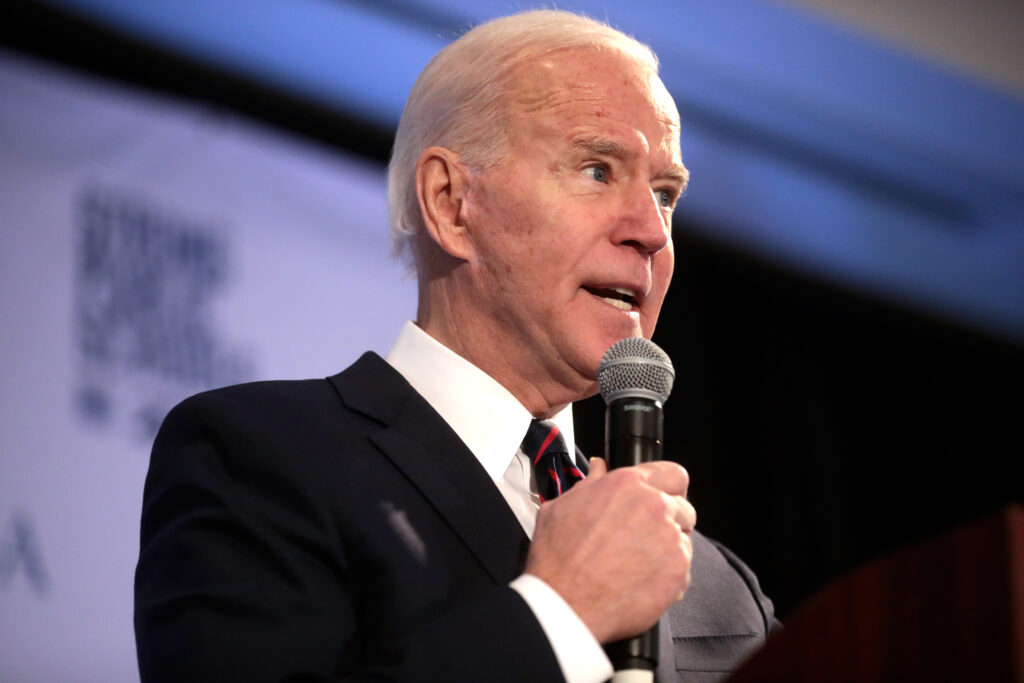As state governments consider ways to address budget shortfalls and stimulate economic activity, public employee pay is once again coming under close scrutiny.
“In [the current] tight fiscal times, at least 19 states have implemented a freeze on new hiring,” notes Joseph Henchman, tax counsel for the Tax Foundation. “At least four states have banned state worker pay raises, while governors in Maryland, California, and Hawaii, among others, have proposed unpaid furloughs for state employees.”
Some taxpayer advocates have suggested a plan of their own: reducing the “government employee union tax”—the premium charged to taxpayers for covering the inflated salaries and benefits of union-organized public employees—as a way to balance budgets.
“Given the budget deficit of $7 billion that Ohio is likely to see this year, cutting costs is one of my top priorities,” said Ohio House Minority Whip John Adams (R-Sidney). “During the last legislative session, I cosponsored a bill that would curtail the state collective bargaining law, which hikes state costs by up to 35 percent or more.”
High Union Pay
Public-sector workers are far more likely to be unionized than their private-sector counterparts, and that’s reflected in the higher earnings of the state government workforce.
In 2007, state government employees, 30.4 percent of whom are members of unions, earned a median weekly wage of $772. Private-sector workers, 7.5 percent of whom are members of unions, earned $666 a week. Unionized state employees in the same year commanded median weekly earnings of $865, while nonunionized state workers earned $731.
Higher state taxes tend to mirror higher relative wages caused by government employee unions. According to Tax Foundation data, the average “union tax” in the 10 states with the highest 2005 state and local tax burdens (as a percentage of income) was 26.4 percent, compared to an average of 17.6 percent for those not in the top 10.
General awareness about above-market wages for organized public employees is increasing thanks to online transparency databases, says Doug El Sanadi, state policy analyst with the National Taxpayers Union Foundation.
“Taxpayers can now search for individual public employee salary information on Web sites like the Missouri Accountability Portal and MaineOpenGov.org,” El Sanadi said. “Bureaucrats’ compensation levels can be surprising.”
‘Government Employee Union Tax’
A recent analysis by the National Taxpayers Union shows eliminating the “government employee union tax” could save households in some states more than $1,100 per year in state income taxes.
States with the biggest budget deficits and tax burdens also have some of the biggest compensation gaps between the public and private sectors. California, Illinois, Michigan, New Jersey, and New York, for example, all report “union tax rates” near or above 30 percent. All have faced chronic budget-balancing problems.
Others close to or over the 30 percent mark, such as Connecticut, Hawaii, Rhode Island, and Vermont, likewise impose heavy taxes. Erasing the “government employee union tax” could yield aggregate budget savings of $12.4 billion in California and $8.2 billion in New York.
Union Resistance
The political clout of public-sector unions and the nature of certain labor contracts have discouraged some officials from making state employee compensation reflect private-sector wages.
“Public-sector unions have created their own feedback loop,” said Justin Wilson, managing director of the Center for Union Facts. “They spend their members’ dues on legislators, who in turn dole out handsome wages and benefits. The result is a race to the top [in government employee compensation], with taxpayers footing the bill.”
As expected, many public employee unions are raising a stink about any plans to cut pay or limit its growth, but state legislatures may have no choice but to cut public employee pay premiums in the face of balanced budget requirements and stagnant or contracting revenues.
“There is no way the taxpayers can sustain a government when the best-paying jobs are in government,” notes Missouri state Sen. John Loudon (R-Chesterfield). “Look at California and Michigan. That is just not how it is supposed to be. When unions get a lock on government employees, diminished services and system collapse are just a matter of time.”
Kristina Rasmussen ([email protected]) is director of government affairs for the 362,000-member National Taxpayers Union.



